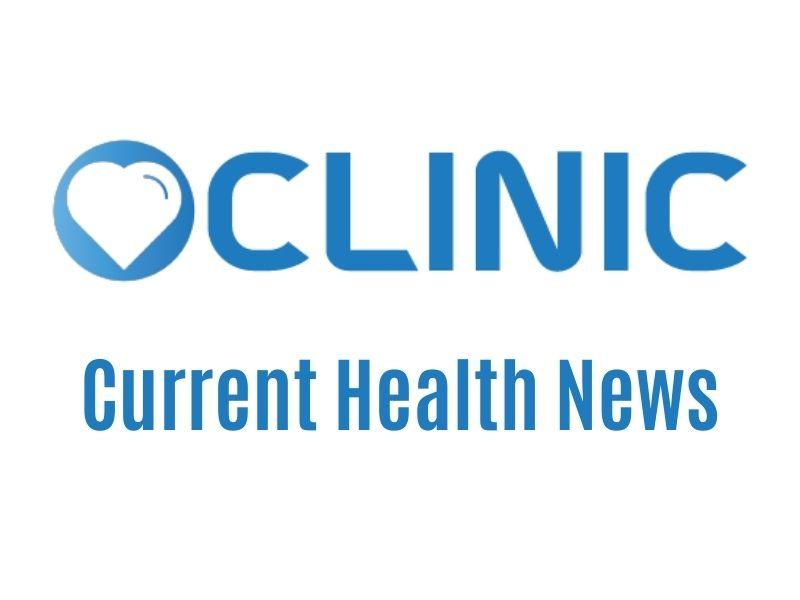The process of removing the stagnant blood, the dirty blood in this region, by puncturing with a scalpel tip up to 1.5 mm below where the skin stores toxins and then pulling it out with vacuum cups, is called Hijama.
HACAMAT IS NOT A BLOOD COLLECTION METHOD. If the patient needs to give blood, the patient’s excess blood should be taken from the vein by performing a procedure similar to the procedure performed in the Red Crescent. Hijama; It is a treatment method based on removing the toxins accumulated under the skin by creating small holes in the skin and at the same time increasing the stagnant blood circulation.
It is a historical treatment method. In Chinese medicine, it is recommended to draw blood from some of the acupuncture points. Bleeding of the small intestine point (SI 3) and the back of the knee (B140) is described.
In the ancient Egyptian period, there were treatments related to bleeding out by bleeding the skin. It is practiced in many countries today. It is practiced in many countries from Danish Finnish baths to Arabian geography.
In our country, with the regulation on traditional and complementary medicine practices published by the Ministry of Health in 2014, hijama treatment was officially authorized and only medical doctors and dentists had the right to apply it.
ATTENTION: WE HAVE 2 IMPORTANT WARNINGS
1- I WOULD LIKE TO IMPORTANT REMEMBER THAT NON-MEDICINE PEOPLE ARE NOT RESPECTED
2- DECISIONS CANNOT GET YOU A REMEDY.
HACAMAT IS NOT USED FOR EVERY DISEASE. THINGS TO BE DONE BEFORE Hijama
Animal food should be cut at least one day before.
Applications such as sauna and hammam should not be done the day before or on the day of hijama treatment.
Sexual abstinence should be applied from the day before.
The patient must be hungry or have eaten two hours ago
The patient must not have had alcohol 9-10 days before.
If these issues are followed, it is possible to benefit from the hijama treatment at the highest level.
WHEN NOT TO DO A Cupping
Cupping is not done during menstruation, that is, during the menstrual period of women.
There is controversy over whether it should be given to younger than one year olds.
Hijama is not applied to pregnant women.
It is not applied to the elderly who are extremely frail.
It is not performed in patients with severe fatigue. This condition should not be confused with chronic fatigue syndrome. What is being referred to here is extreme indulgence.
Caution should be exercised in those with anemia or a persistent bleeding focus that may cause anemia, such as actively bleeding hemorrhoids.
Hijama is not applied to those who have problems with wound healing.
Hijama should not be applied to those who have edema due to a possible protein deficiency in their body.
It should not be forgotten that there is a high risk of contamination (contamination) when cupping is applied to those who have an infectious disease such as hepatitis or AIDS.
Hijama is not applied to those who have excessive sweating. Attention should be paid to the principle of BLOODING WITH SWEATING, NOT BLOODING.…..
Hemophilia… ESPECIALLY TO BE INQUIRED IN CHILDREN….
Caution should be exercised in those using blood thinners.
MATTERS TO BE CONSIDERED
Hijama materials must be disposable.
Skin cleaning is important
ATTENTION to the risk of contamination (germ catching)!!!..
Medical waste control should be considered.
In case of syncope (fainting), there should be a suitable environment to intervene in the patient. A substantial number of people may experience a slight fainting during cupping. In this case, there should be tools and environment that can be intervened. For this reason, I would like to emphasize once again that cupping should not be applied in unhealthy environments other than medical doctors.
WHERE TO APPLY
Hijama can be applied to many points in the body. I would like to tell you about a few of them that are important.
KAHIL REGION
The most frequently applied region is KAHIL REGION. This place is located on the ridge. It is between the shoulder blades. Our back is where most of the body toxins are stored. Therefore, it is a very important region.
IN WHICH DISEASES IS IT BENEFICIAL?
• Psychological and psychosomatic disorders,
• Bronchitis and bronchial asthma,
• Immune stimulation,
• Epilepsy

